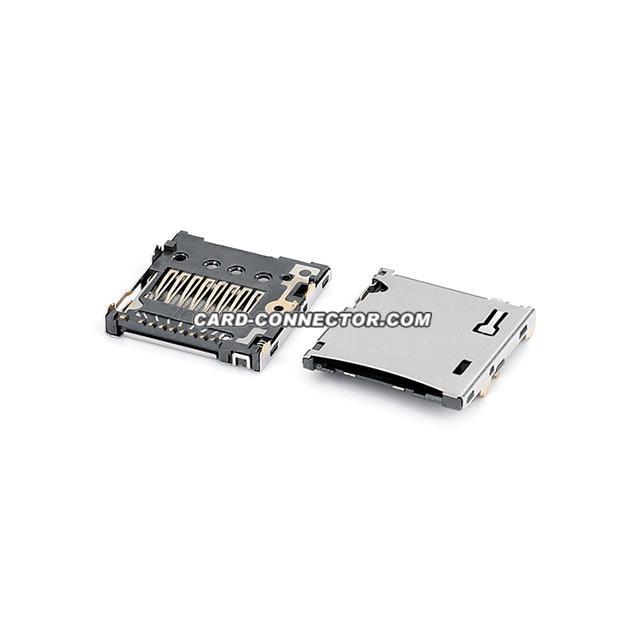SD cards are a popular type of flash memory storage device that have become an instrumental component in modern-day devices like smartphones, digital cameras, laptops, tablets, and other devices that require storage space. But as technology continues to advance, so do the requirements needed to properly utilize these memory devices. In this blog post, we'll explore some of the emerging trends in SD card technology and connector requirements.

As 8K video recording technology continues to become more widely available, the need for reliable and high-speed SD card connectors also increases. The data rates of 8K video can be quite large, meaning that the connectors used must support the high bandwidth requirements needed for effective recording and playback of these videos.
To meet this demand, manufacturers are developing newer and faster SD card connectors that are equipped to handle the high-speed data transfer rates of 8K videos. Such connectors ensure that users can smoothly record, store and transfer high-resolution videos without experiencing lagging, buffering, or other issues.
Advancements in camera technology have led to the growth of high-resolution cameras capable of capturing images of remarkable quality, but also with large file sizes. As such, storage and transfer of these images require a higher-capacity and faster SD card connector.
Connectors compatible with high-resolution cameras must support high-speed data transfers without losing any data. To meet this demand, manufacturers are now producing connectors with capacities of up to 2TB; this significantly improves the capacity for storing files from cameras that often take ultra High Definition images and videos.
The latest phone designs now incorporate in-display selfie camera technology, allowing for a sleek and minimalistic look. However, the integration of this camera technology has an impact on SD card connectivity.
The space consumed by the in-display camera requires less space for card slots in smartphones, with many phone models no longer incorporating microSD slots, as they did previously. This shift means that manufacturers are now exploring alternatives such as cloud storage and higher internal memory to maintain users’ storage needs.
As technology continues to advance, there is no doubt we can expect some exciting developments in SD card technology. Possible futurist trends include reduced SD card sizes, higher capacities, and faster read/write speeds.
There is a likelihood that microSD cards will eventually be replaced by SD Express cards, which can transfer data at speeds of up to 985MB/s. With increased speed and performance, the next big thing in SD card technology is expected to revamp the storage and transfer of data, allowing users to do more with their devices.
The mobile phone industry has seen significant advancements in recent years. These advancements have influenced the design of SD card connectors compatible with smartphones. Furthermore, mobile phone technology has progressively moved towards dual SIM card slots, as well as higher internal memory, which reduces the dependency on external storage such as SD cards.
Despite these trends, manufacturers are still designing adaptable connectors that allow devices to read microSD cards for versatility in usage. The continuous demand for extra storage space continues to make microSD cards a popular choice.
Name: cenlixin
Mobile:+8618858073250
Tel:+86-0574-63861299
Whatsapp:8618858073250
Email:sales@card-connector.com
Add:Kuangyan Town Development Zone, Cixi City, Zhejiang Province